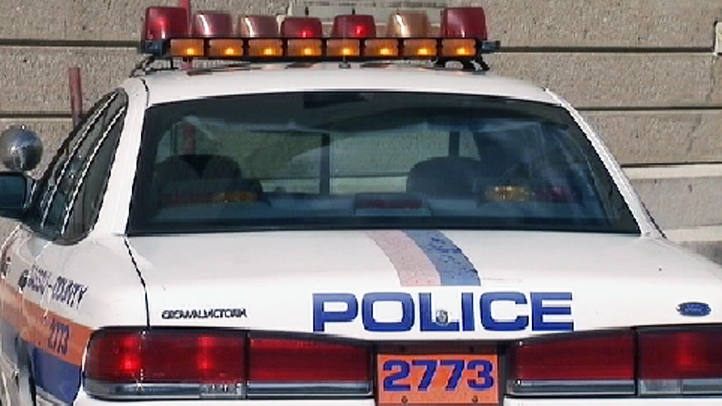About 475 residents of a South Bronx public housing complex had hot their water restored Saturday after city workers rid the system of the Legionella bacteria.
Hot water in four buildings at the Melrose Houses had tested positive for the bacteria, the Health Department said Friday. Hot water was immediate shut off and workers installed filtration and ionization systems to get rid of the contamination.
Meanwhile, officials assured people that the water was safe to drink.
The affected buildings included 304, 320 and 346 East 156th Street. That's in addition to a building at 681 Courtlandt Ave., which has since been disinfected. Hot water was restored there late Thursday, following the discovery of Legionella bacteria in the hot water distribution system.
The contamination was eliminated in the remaining buildings by Saturday afternoon, officials said.
City officials, however, said the water was safe to drink in the complex, which house about 2,670 residents.
"You can drink the water, take showers," Bronx assemblyman Michael Blake said. "You are safe."
Local
Four cases of Legionnaire's disease have been traced to the Melrose Houses over the past six months, health department officials said. One happened earlier in the year, two during the recently ended South Bronx outbreak, and a recent case in which the patient remains hospitalized.
Melrose resident Wendy Perez said the patient is her 35-year-old brother-in-law.
"He's really sick," she said. "He got all types of tubes and stuff."
The other three patients were treated and released.
The Melrose Houses is in the same zone as the other Legionnaire's disease outbreak traced to the Opera House Hotel, but it's not considered the same outbreak. In this case, said Miller, "we are looking at the water system because we have two cases in one building."
In August, health officials identified a cooling tower at the Opera House Hotel as the source of the Legionnaires' spike that sickened more than 120 people in the Bronx, killing 12 of them, since July, marking the largest outbreak of the disease in New York City history.
The tower at the Opera House Hotel was disinfected Aug. 1, authorities said.
Concerns about prevention and safety prompted the city to develop and pass new legislation to regulate cooling towers, where Legionella is likely to grow.
Under the new legislation, cooling towers across the city must be tested regularly for Legionella bacteria; any found to be contaminated must be disinfected immediately. The regulations specify penalties for violations, and the legislation makes New York City the first major city in the United States to regulate cooling towers.
Prior to the recent outbreak, no city records were kept as to which buildings had cooling towers.
Legionnaires' disease usually sets in two to 10 days after exposure to the bacteria and has symptoms similar to pneumonia, including shortness of breath, high fever, chills and chest pains. People with Legionnaires' also experience appetite loss, confusion, fatigue and muscle aches.
It cannot be spread person-to-person and those at highest risk for contracting the illness include the elderly, cigarette smokers, people with chronic lung or immune system disease and those receiving immunosuppressive drugs. Most cases can be treated successfully with antibiotics.



